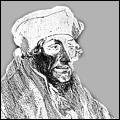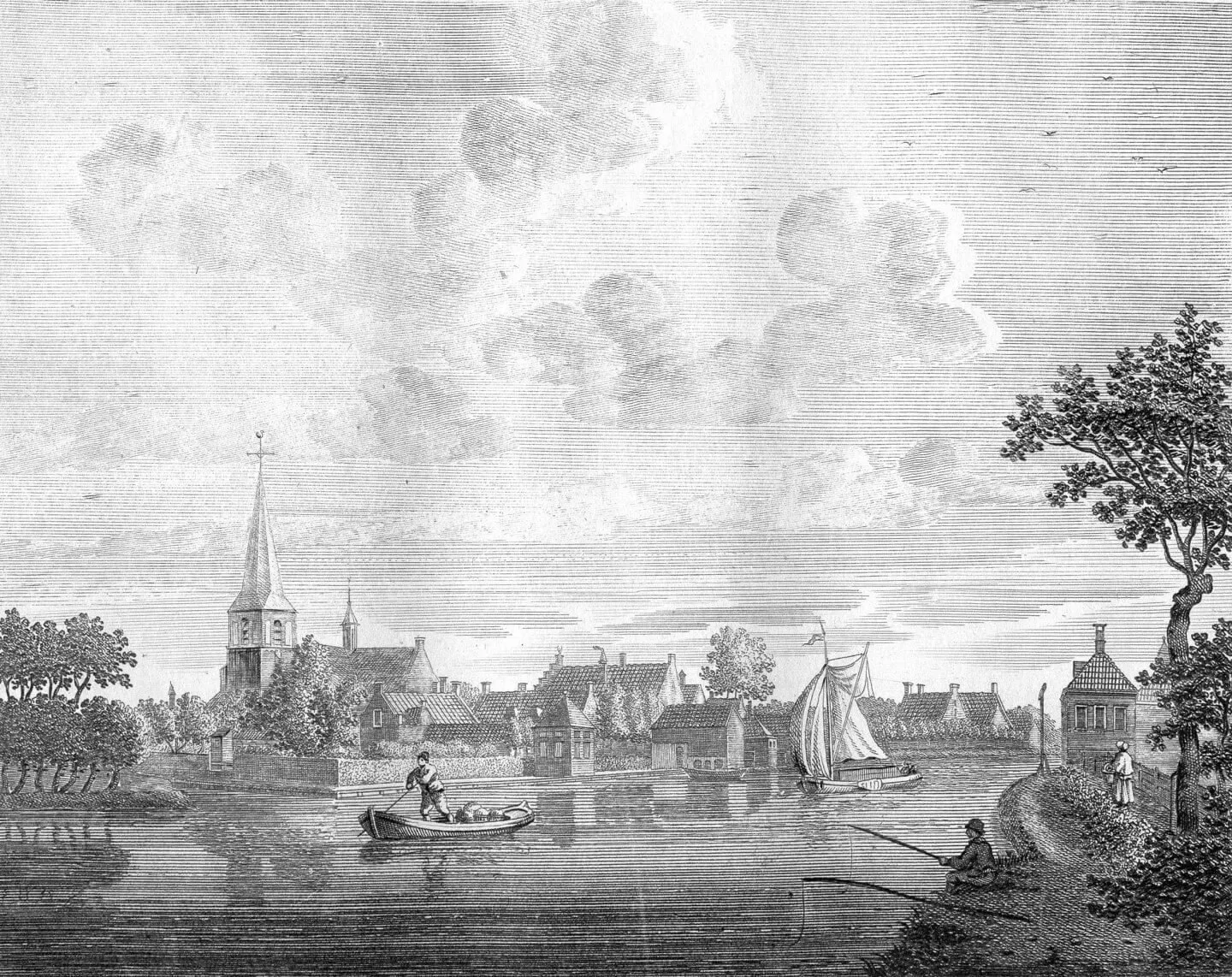WHAT IS 'HOLLSTEIN'?

Usually, a Hollstein catalogue contains a description of the total output alphabetically under the names of the graphic artists who executed the blocks or plates. The numbering of prints and their states in the Hollstein catalogues is adopted in the catalogues of auction houses and print dealers, while many print rooms reorganise their holdings in Hollstein order as each new volume appears. Be this as it may, a few years ago the editors and publishers of the Hollstein series have faced the fact that they are not always as consistent as a standard reference should be. The improvements introduced by various editors and compilers since 1949 have made unacceptable the shortcomings of the series, particularly of the early volumes.
For instance, only about one-quarter of the catalogued prints were illustrated in them. This alone was enough to make the early volumes obsolete. Since the taking over by Sound & Vision in 1995 the two new series, the New Hollstein Dutch & Flemish and the New Hollstein German series, were launched in earnest. The new series are intended as revised editions of the earlier volumes in Hollstein's Dutch & Flemish series and the German series. With the replacement of the early volumes, Hollstein and the New Hollstein together will constitute a catalogue unique in its completeness and ease of use. One of the aspects warranting the revision is that scholarly thinking as to what constitutes a graphic oeuvre has changed. Whereas the execution of the wood or metalwork was long considered the mark of authorship of a print, a new generation of scholars is placing increasing emphasis on the role of the designers and or publishers, who were not always the executors. The aim is to create an instrument for a balanced investigation of the inventor, the peintre-graveur and the reproductive printmaker and their respective contributions to the history of printmaking. A result of this is a new form of presenting book illustrations in which the book is the leading principle in the organisation of the catalogue: next to the traditional Hollstein number given to each printing form-the plate or block- we have introduced separate numbers for the book and for its illustrations. In this way the accessibility of this material is vastly improved for bibliographers and book historians, without disregarding the art historical interest in the migration of the printing forms. A more thorough treatment of cartographical material has until now been most clearly illustrated in the New Hollstein Dutch & Flemish volumes on The Van Doetecum Family, to which we have added a free CD-ROM featuring the options to zoom in on details and to execute multiple searches on persons and subjects.
Leaving aside exceptional cases, we strive to reproduce every entry, true size wherever possible, introducing detail illustrations in specific catalogues based on clear-cut conceptual frameworks that are explained in an explanatory note.

